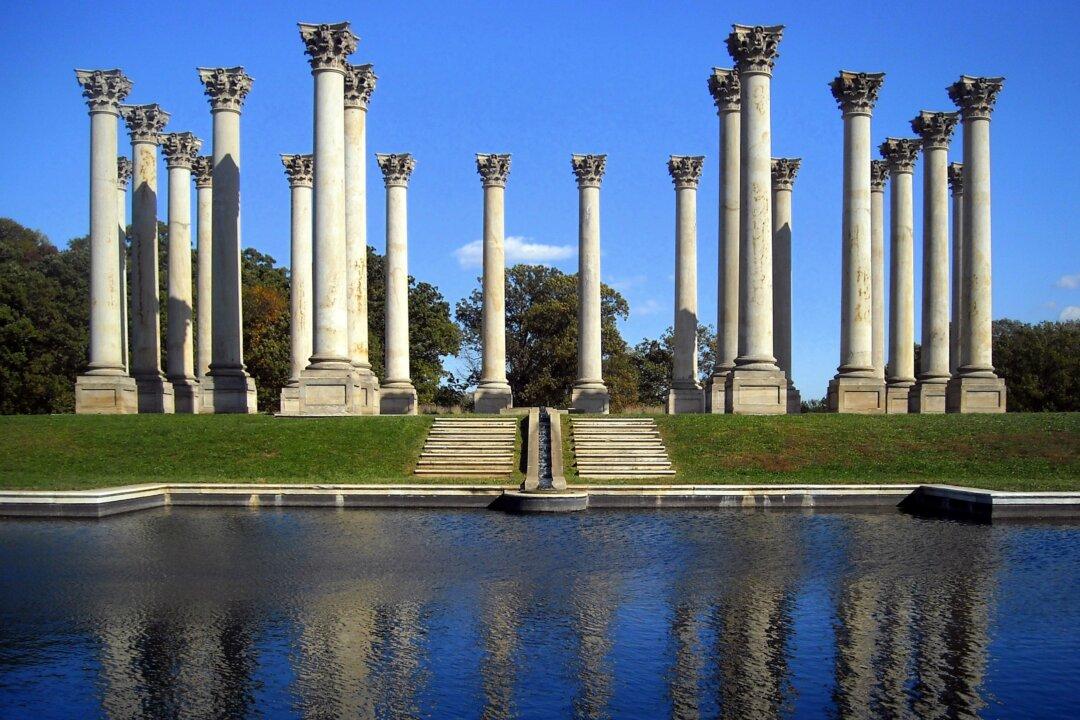“Whenever it is proposed to prepare plans for the Capitol, I should prefer the adoption of some one of the models of antiquity which have had the approbation of thousands of years,” Thomas Jefferson wrote to French engineer Pierre Charles L’Enfant on April 10, 1791.
But why did Jefferson and America’s Founding Fathers admire classical architecture so much as to emulate it in federal buildings and U.S. courthouses? And why is classical and traditional architecture still relevant to Americans today?National Civic Art Society (NCAS) President Justin Shubow helps answer these questions, and more. Shubow is also the chairman of the U.S. Commission of Fine Arts, an independent federal agency of seven presidential appointees who are the aesthetic guardians of Washington. Shubow’s architectural critical essays have been published widely in top national publications, and he’s a noted speaker at academic institutions and the U.S. State Department.






